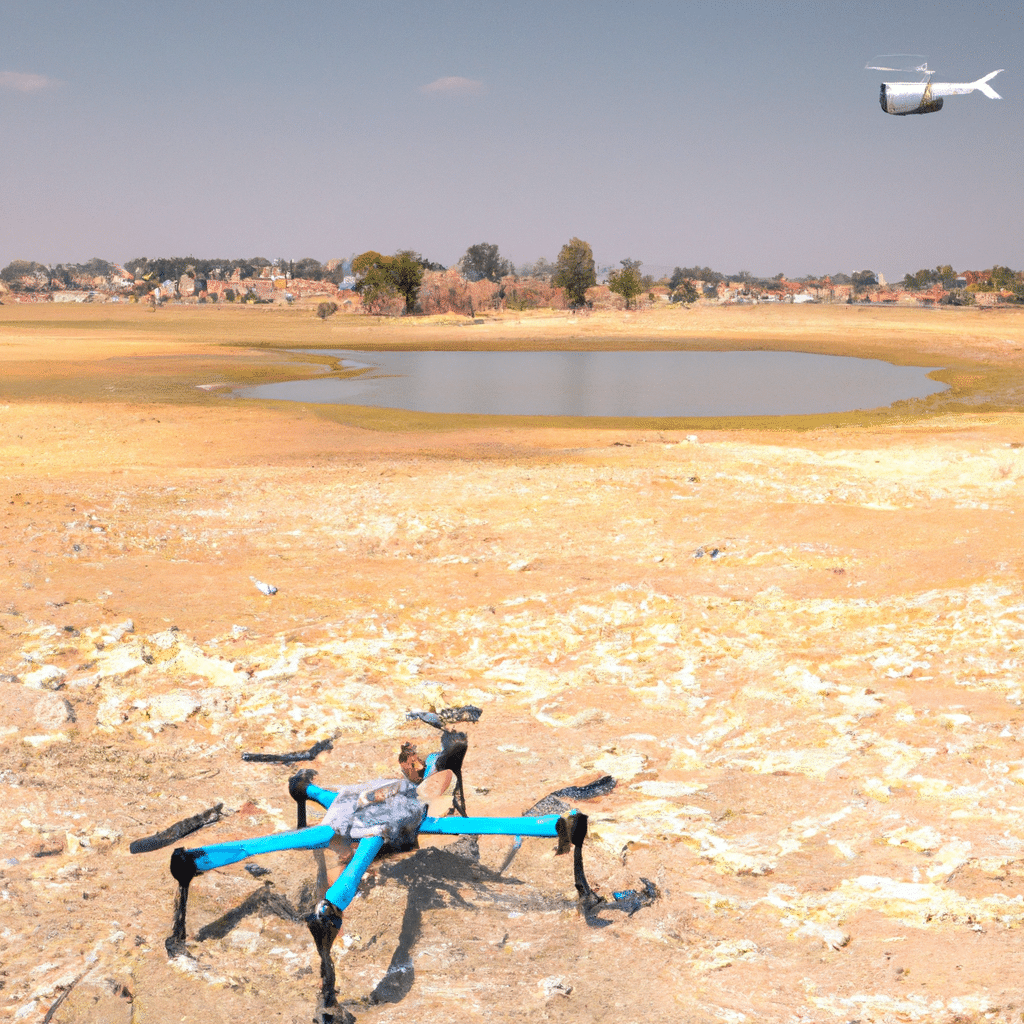Can AI Help Us Solve the World’s Water Crisis?
Water is one of the most precious natural resources on the planet, yet over a billion people still lack access to safe drinking water. According to the World Health Organization, by 2025, half of the world’s population will be living in water-stressed areas. This means that the need to find innovative solutions to the world’s water crisis is more pressing than ever before.

Artificial Intelligence (AI) is one of the technologies that could help us address this problem. In this article, we will explore how AI can help us solve the world’s water crisis and what challenges need to be overcome to make it a reality.
Understanding the World’s Water Crisis
Before we dive into how AI can help us solve the world’s water crisis, let’s take a step back and understand the scope of the problem. The world’s water crisis is a complex issue that stems from a combination of factors, including population growth, climate change, and unsustainable water management practices.
Currently, around 70% of the world’s freshwater is used for agriculture, with irrigation being the biggest consumer. This means that the agricultural sector is the most significant contributor to water scarcity, followed by industry and domestic use.
How AI Can Help
AI has the potential to revolutionize the way we manage water resources by providing us with insights that were previously impossible to obtain. Here are some ways AI can help:
Water Conservation
AI can help us optimize our water usage by predicting when and where water will be needed. For example, using satellite imagery and weather data, AI algorithms can predict when crops will need watering and how much water they will require. This can help farmers conserve water and reduce their water usage.
Water Quality Monitoring
AI can also help us monitor water quality in real-time. By analyzing data from sensors and other sources, AI algorithms can detect changes in water quality and alert us to potential issues before they become a problem. This can help prevent waterborne diseases and ensure that people have access to safe drinking water.
Water Infrastructure Management
AI can help us manage water infrastructure more efficiently. For example, by analyzing data from sensors and other sources, AI algorithms can detect leaks in water pipes and alert us to potential issues before they become a major problem. This can help reduce water waste and prevent damage to infrastructure.
Water Supply Forecasting
AI can also help us forecast water supply. By analyzing data from weather forecasts, water usage patterns, and other sources, AI algorithms can predict future water supply and demand. This can help us plan for future water shortages and ensure that water is distributed where it is needed most.
Challenges to Overcome
While AI has the potential to help us solve the world’s water crisis, there are still some challenges that need to be overcome. These include:
Data Availability
To train AI algorithms, we need access to large amounts of high-quality data. However, in many parts of the world, data on water usage, quality, and availability is scarce. This means that AI algorithms may not be as effective in these areas.
Cost
Implementing AI systems can be expensive, especially for developing countries that are already struggling to provide basic services. The cost of implementing AI systems needs to be balanced against the potential benefits they can provide.
Trust
AI systems are only as good as the data they are trained on. If the data is biased or inaccurate, the AI system will produce biased or inaccurate results. This can lead to a lack of trust in AI systems, which can be a significant barrier to their adoption.
Conclusion
In conclusion, AI has the potential to help us solve the world’s water crisis by providing us with insights that were previously impossible to obtain. However, there are still some challenges that need to be overcome before AI can be fully utilized in this area. By addressing these challenges and investing in AI research and development, we can create a world where everyone has access to safe drinking water.












